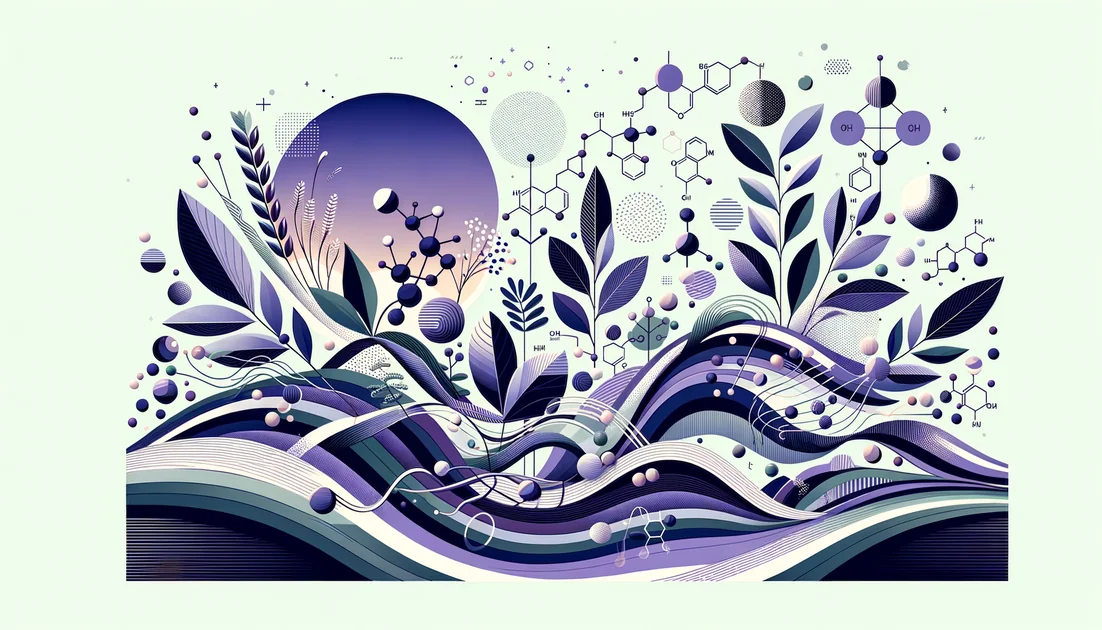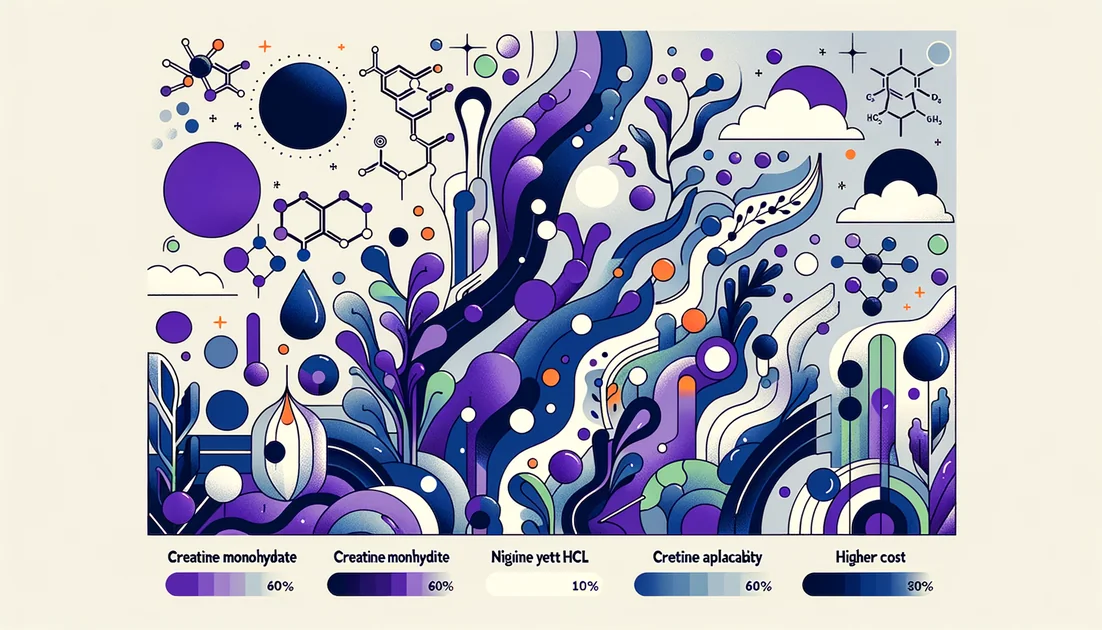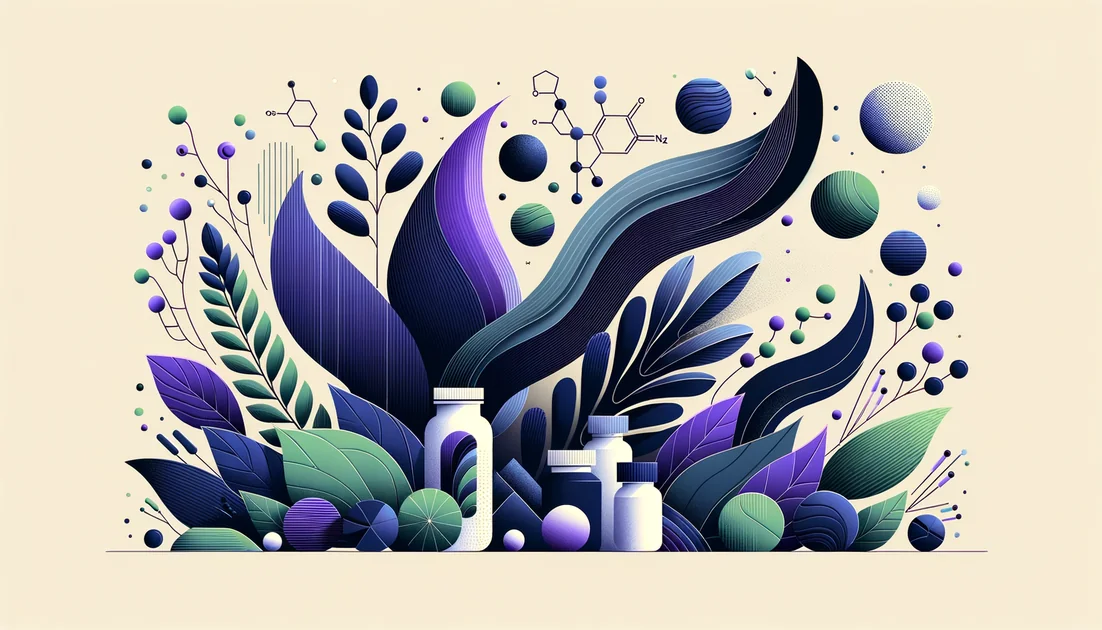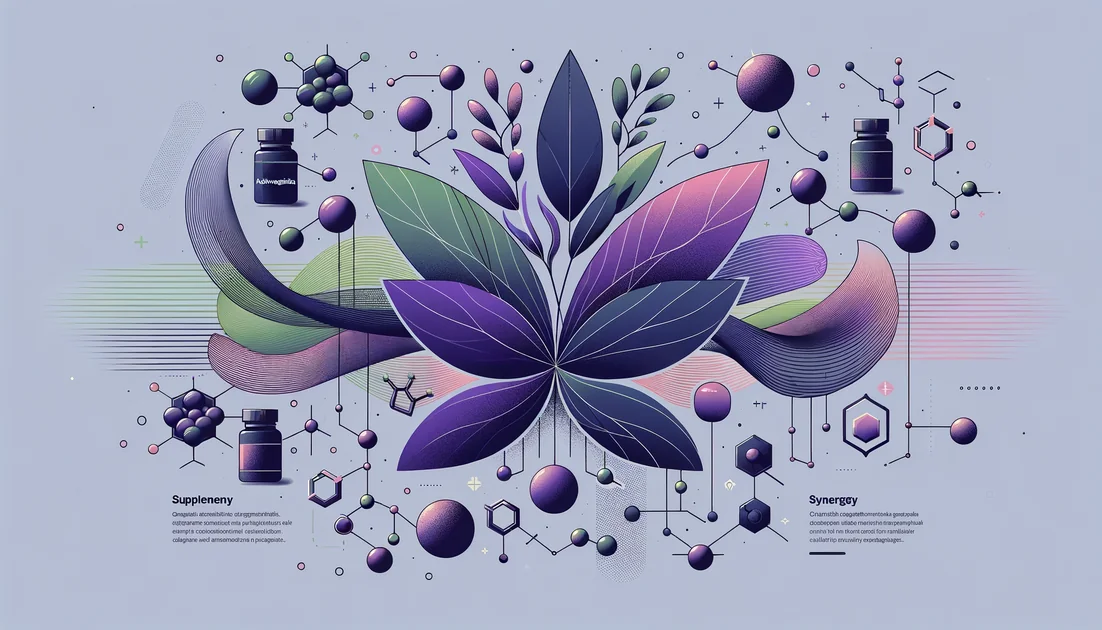
Leftovers with Leverage: How Grape Seeds Quiet Blood Vessels—and What That Means for Your Brain and Legs
You pour a glass of red wine and glance at the tiny, forgettable seeds in the pressings. Who would guess those leftovers would one day help ease a too-loud pulse and swollen legs—and even sharpen attention within 90 minutes?
- Evidence
- Promising
- Immediate Effect
- Within hours in some studies (e.g., attention, leg swelling). → 4–12 weeks.
- Wears Off
- Often within 2–4 weeks after stopping (e.g., BP returned to baseline).
From Press House to Lab Bench
In 1947, a young French chemist named Jack Masquelier isolated unusually active plant compounds—tiny chains of catechins now called oligomeric proanthocyanidins—from humble sources like peanut skins and, soon after, grape seeds. His early work helped shift grape seeds from winery waste to a standardized extract with measurable effects on the body's thinnest vessels—the capillaries that feed everything else. [1][2] Grapes carry many polyphenols, but a key split is simple: resveratrol resides mostly in the skin; proanthocyanidins concentrate in the seeds—the same seed compounds long suspected of contributing to the so-called French paradox of wine and heart health. [3]
The Blood-Pressure Plot Twist
Researchers have been asking a practical question: if grape seed extract (GSE) is rich in these potent seed polyphenols, does it nudge blood pressure down? Across randomized trials, a consistent, if modest, answer appears: yes. Meta-analyses pooling dozens of trials report average reductions of roughly 3–6 mmHg in systolic pressure and 2–3 mmHg in diastolic pressure, with bigger drops in younger or metabolic-syndrome groups. [4][5][6] The day-to-day story is even more relatable. In a British Journal of Nutrition trial of adults with prehypertension, 300 mg/day of GSE in a beverage lowered systolic and diastolic pressures over six weeks—then pressures drifted back toward baseline after people stopped drinking it. Think of it less as a cure and more as a dimmer switch: it works while it's on. [7] A Japanese study echoed this, finding that higher-dose GSE (400 mg/day) decreased blood pressure and improved measures of arterial stiffness—how springy your vessels feel from the inside out—even though a standard ultrasound metric of endothelial reactivity didn't budge. [8] That contrast leads to the next chapter.
Flexibility Without Flow? The Paradox
Why would arteries get more elastic without classic signs of improved moment-to-moment vessel dilation? One clue: lab work shows seed proanthocyanidins help endothelial cells make and preserve nitric oxide—the body's "relax" signal for blood vessels—while shielding the vessel lining from oxidative stress. Picture the extract both whispering "loosen" to the vessel and muffling the background static that drowns out that message. [19][20] But in people, not every dial moves in lockstep. A 2021 review noted that dose, duration, and who you study can sway outcomes—a reminder that human physiology is a mosaic, not a single gauge. [5]
"High-dose GSPE decreased BP in prehypertensive middle-aged Japanese men and women." [8]
Legs, Veins, and Long Sits
If you've ever stepped off a long flight with ankles like tight socks, you'll appreciate another thread. In a double-blind crossover study, healthy women who took GSE had less leg volume gain during six hours of prolonged sitting—less pooling, less puff. [10] For people with chronic venous disease (those heavy, achy legs of early varicose veins), a 2024 trial found Vitis vinifera seed extract performed no worse than a commonly used flavonoid drug (MPFF) over eight weeks, improving venous symptoms and quality of life. [11] It's worth noting that grape leaf extracts—different from seed extracts—also have evidence for venous symptoms; seeds and leaves share family traits, but they're not interchangeable. [3]
Eyes and the Microcirculation
Tiny vessels in the retina tell the same vascular story. In a year-long randomized trial of non-proliferative diabetic retinopathy, patients taking grape seed proanthocyanidins had greater improvement in the severity of hard exudates—waxy lipid deposits that signal leaky retinal capillaries—versus an active comparator. [12]
Brain: Quick Sparks and Mixed Signals
Here's the surprise: in older adults, a standardized grape extract (250 mg/day) improved several cognitive measures within two weeks—and selective attention even sharpened within 90 minutes of the first dose. That's like wiping condensation from a windshield during a rainstorm—you see a little clearer, fast. [13] Yet younger, healthy adults showed no consistent cognitive benefit on 400 mg/day, reinforcing that baseline need matters; you feel the shove most when you're already leaning. [14]
How Might Seeds Do All This?
Proanthocyanidins are bulky; many don't slip past the gut's front gate. Instead, your microbiome chews them into smaller "postbiotics"—phenyl-γ-valerolactones and relatives—that circulate and likely do much of the work. Individuals vary widely in these metabolites, which may explain why your friend swears by GSE while you shrug. [21][22][23] In petri dishes and animal models, GSE nudges the vessel's control room: more nitric oxide output, less of the opposing squeeze signals, and calmer inflammatory chatter. In plain English, it helps blood vessels unclench and stay quiet under stress. [19][20]
"Careful characterization and standardization.. is essential to establish a cause–effect relationship." [1]
That matters because "grape seed extract" is a family name, not a single compound. Look for products standardized for proanthocyanidins from Vitis vinifera.
Bringing It Into Daily Life
If your goals are everyday vascular calm and leg comfort:
Typical study doses range from 150–300 mg/day for blood pressure and venous comfort, and up to 400 mg/day in prehypertension studies. Cognitive trials in older adults used 250 mg/day. [7][8][9][13]
Expect earliest shifts in days to weeks (some effects within hours), with fuller changes by 4–12 weeks. Stop, and benefits may fade within weeks. [7][10][13]
Choose a reputable brand that specifies grape seed source and proanthocyanidin content. Consistency matters.
If you take anticoagulants or have a bleeding disorder, be cautious; authoritative reviews note potential bleeding risk. [15]
Very high intakes (1,000–2,500 mg/day) were generally tolerated in short studies, though iron measures dipped transiently in a few people—worth noting if you run low on iron. [17]
As one federal review puts it: "There are some well-controlled studies.. [but] for many conditions, there's not enough high-quality evidence." [15]
That sober line fits the data: promising, especially for vascular tone and leg comfort, with mixed or population-specific effects elsewhere.
What's Next
Two frontiers loom. First, the microbiome: who makes the most helpful metabolites from seed polyphenols, and can we personalize dosing accordingly? Second, standardization: aligning extract chemistry with outcomes so "grape seed extract" means the same thing from bottle to bottle. Both are underway—researchers are already tracking human metabolite patterns and calling for tighter chemistry–outcome links. [21][22] Seeds, in other words, are speaking more clearly. Our job is to listen with better microphones.
Key takeaways
- •GSE's active compounds are oligomeric proanthocyanidins, concentrated in seeds (not the skin, where resveratrol lives), targeting capillary and small-vessel function.
- •Meta-analyses show modest average BP drops (about 3–6 mmHg systolic and 2–3 mmHg diastolic), with benefits persisting only while you take it.
- •Arterial elasticity can improve even when flow-mediated dilation doesn't change, suggesting vessel "quieting" without dramatic headline numbers.
- •Common clinical doses range from 150–300 mg/day for BP and venous comfort, ~250 mg/day in older-adult cognition work, and up to 400 mg/day in some prehypertension studies.
- •Timing: some cognitive/subjective effects can appear within hours, while broader vascular changes accrue over 4–12 weeks; stop and gains taper within weeks.
- •Best suited as an adjunct for prehypertension or venous symptoms (travel/desk swelling) and for older adults seeking gentle cognitive support; avoid or monitor if on blood thinners or with low iron.
You might also like
Explore more of our evidence-led investigations, comparisons, and guides across every article style.

21st Century HealthCare ("21st Century")
The Value Workhorse: solid in-house GMPs, sparse public testing

Creatine Monohydrate (CM) vs Creatine Hydrochloride (Cr-HCl)
For most people, choose Creatine Monohydrate for proven results, simple dosing, and best value. Consider Creatine HCL only if you consistently get GI upset from CM and are willing to pay more; it hasn't shown better outcomes in trials. [1][2][4][5]


Inositol
A sugar that helps you handle sugar. That's the paradox of inositol—the sweet-tasting molecule once nicknamed "vitamin B8," now better known as a home-grown messenger your body makes, not a vitamin at all. In 1850, the chemist Johann Joseph Scherer pulled it from muscle and called it "inositol," from the Greek for muscle—yet its real story plays out not in muscle but in the quiet language of cell signals that decide how we respond to insulin, hormones, and even fear. [1]

Ashwagandha + Rhodiola: Calm Energy or Just Hype?
Dual-core, theoretical synergy: good rationale, solid solo data, but no head-to-head Ashwagandha+Rhodiola trials yet.

Tocotrienols
The stealthier cousins of vitamin E—built with springy tails that move differently in cell membranes and behave differently in your body.
